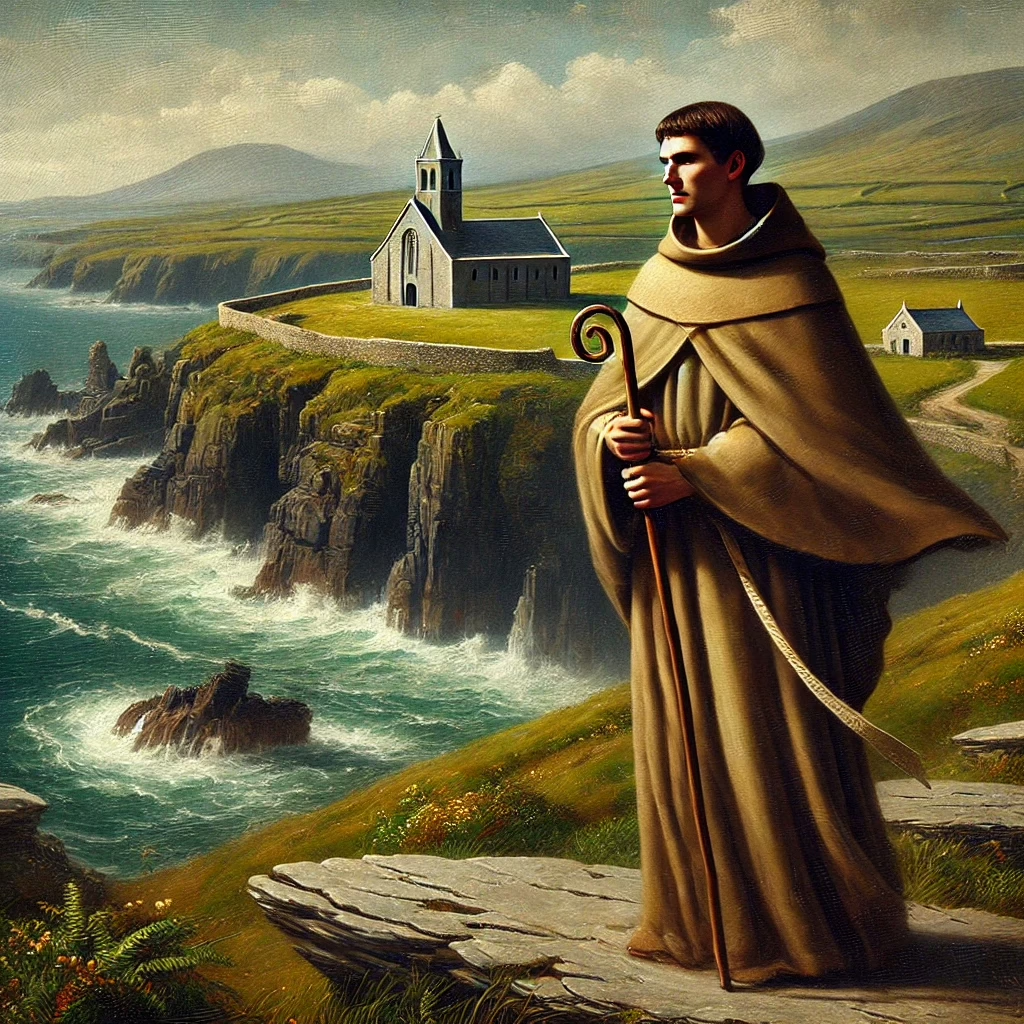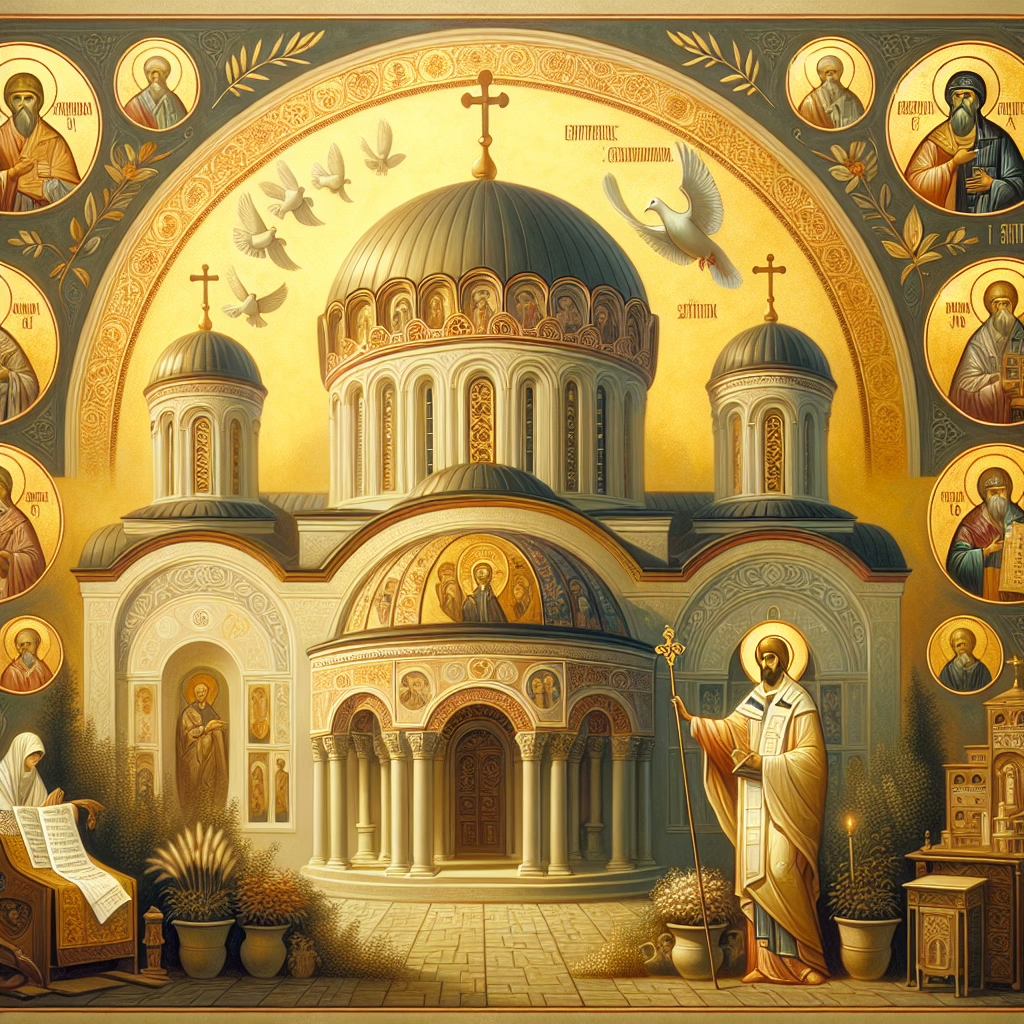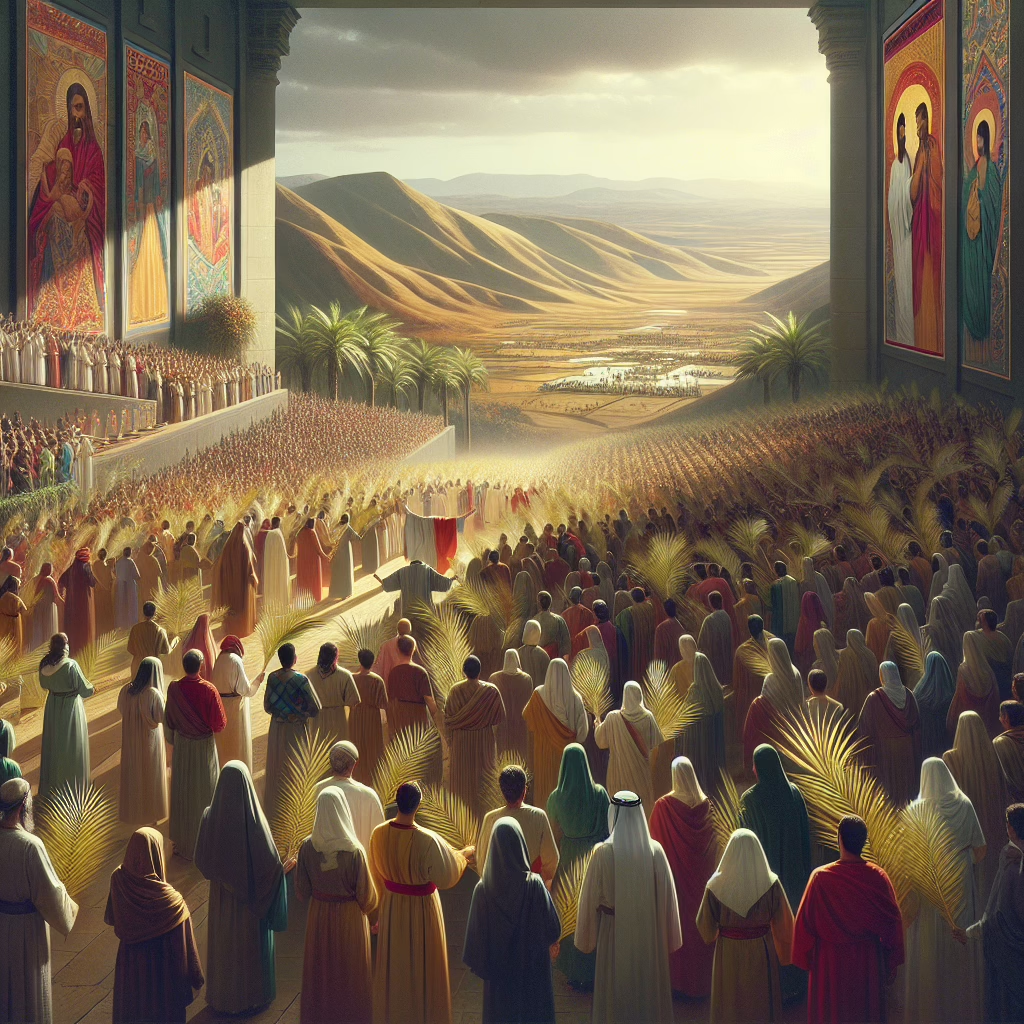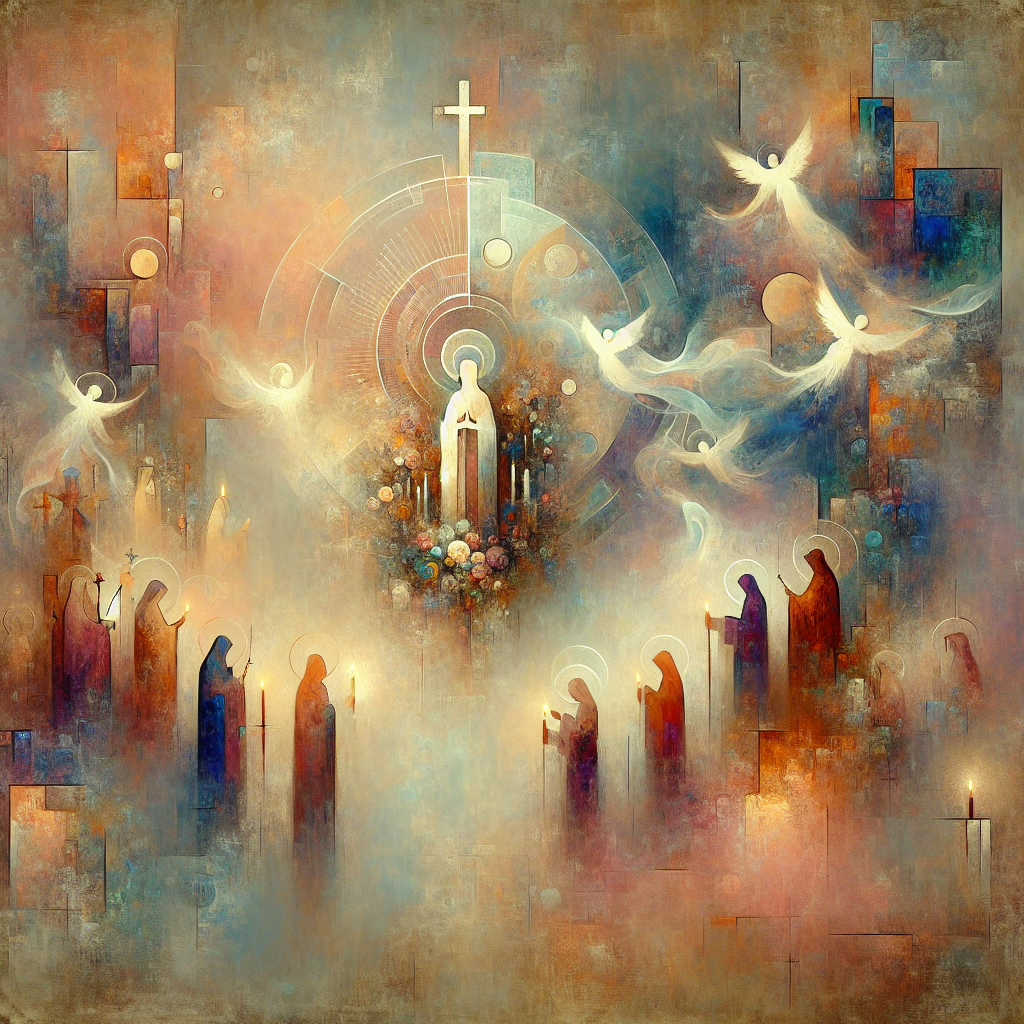The Transformational Life of St. Enda: Founder of Irish Monasticism
Introduction: The Journey of a Warrior to a Saint
In the lush, green landscapes of Fifth Century Ireland, where the rugged coastline meets the Atlantic, there lived a warrior prince named Enda of Aran. Born into nobility as the son of Conall Derg, King of Oriel in Ulster, Enda was a figure of strength and valor, steeped in the ethos of bravery and conquest. However, his life took a dramatic turn, transforming from a fierce warrior to a revered monastic founder.
St. Enda of Aran holds a pivotal place in the history of Irish monasticism. Through a profound spiritual journey, he laid the groundwork for the island's rich religious tradition. This post explores his life, from the vigor of warfare to the serene pursuit of monastic ideals.
1. Early Life of St. Enda
1.1 Birth and Royal Legacy
In the fifth century, amidst Ireland's rolling landscapes, St. Enda was born into royalty. His upbringing was one of privilege, surrounded by the tales of heroism and honor that shaped his warrior mentality. As a young prince of Oriel, he was expected to lead in the tradition of his ancestors.
Growing up in the royal court, Enda's life was punctuated by events that cultivated his aspirations of conquest and valor. His warrior spirit was not simply a family trait but reflected the era's cultural ethos. For those interested in the historical background of Irish monasticism, much can be found in the work of early church historians.
1.2 The Influential Role of Saint Fanchea
The turning point in Enda's life was the influence of his sister, Saint Fanchea. An abbess of great renown, Fanchea saw the spiritual potential within her brother. Her pivotal role in his conversion involved a striking encounter with mortality—a moment that would forever alter Enda's path.
Fanchea led Enda to view the lifeless body of a young girl, a stark reminder of mortality's inevitability. As St. John Paul II once reflected, “The call to conversion is not merely a call to change but a profound reorientation of the heart towards God.” This encounter led Enda to reflect deeply on his life's direction and ultimately guided him away from the battlefield towards a life dedicated to spiritual pursuits.
2. The Pivotal Conversion and Monastic Vocation
2.1 The Moment of Realization
Enda's encounter with mortality awakened emotions he could not ignore. Viewing the corpse shook his warrior's pride, and he began to understand the fleeting nature of worldly ambition. The significance of mortality in St. Enda's transformation cannot be overstated; it catalyzed his spiritual awakening and radical change through faith.
2.2 Journey to Monasticism
Embarking on a new path, Enda pursued religious studies, leaving Ireland for Scotland to prepare for priesthood. His ordination marked a critical juncture in his spiritual journey, symbolizing his commitment to God's work over earthly pursuits. It was a transition from a life of warfare to one entirely dedicated to serving the Divine.
3. Establishment of Monasteries
3.1 Founding the First Irish Monastery
Upon his return to Ireland around 484 AD, Enda established the first Irish monastery at Killeaney on the Aran Islands, recognized as the “Aran of the Saints.” Here, a community was born, nurtured by the vigorous pulse of communal prayer and austere discipline.
The rules of life at Killeaney were strict but life-giving, shaping the monks into vessels of holiness through rigorous prayer, study, and ascetic living. Such was the influence of this community that it ignited a monastic fervor across the Aran archipelago.
3.2 Expansion and Influence
Enda's community did not remain insular; it became a seedbed for spiritual renewal, with its members establishing new monasteries throughout the region, extending St. Enda's influence. The legacy of monastic life initiated by St. Enda is profound, reflected in the subsequent proliferation of monastic centers and the numerous saints emerging from the Aran Islands.
4. Legacy and Teachings of St. Enda
4.1 Key Lessons from His Life
Enda's transformation from warrior to saint offers enduring lessons on the spiritual journey. His example underscores the importance of spiritual transformation over worldly ambition, a theme resonant in today’s material-focused society.
4.2 The Role of Monastic Life
St. Enda's monastic practices set a precedent for future generations. His commitment to a life of prayer, community, and simplicity continues to influence monastic orders and spiritual seekers. Individuals today can draw from this legacy, adopting elements of his monastic principles in their lives.
5. Prayers and Devotions Inspired by St. Enda
5.1 Traditional Catholic Prayers
The Catholic tradition honors St. Enda through prayers invoking his spirit. The "Prayer for Vocations" seeks to inspire and guide individuals to religious life, drawing on St. Enda's example of devotion and transformation.
5.2 Contemporary Practices
Today's faithful can engage in daily reflections and scripture study, adopting ascetic practices akin to monastic rules. The simplicity and focus of St. Enda’s life encourage a modern embrace of spiritual growth amidst contemporary challenges.
6. Modern Monastic Communities and Their Connection to St. Enda
6.1 Case Studies of Contemporary Monasticism
Contemporary monastic communities continue to embody St. Enda's principles. The Cistercian monks at Glenstal Abbey, for instance, exemplify lives committed to prayer, work, and study—echoing the spirit of the Aran founding.
6.2 The Enduring Nature of Monastic Values
St. Enda’s teachings remain strikingly relevant, emphasizing devotion, prayer, and community. Even today, they continue to shape monastic orders worldwide, illustrating the enduring power of a life devoted to spiritual convictions.
Conclusion: Embracing the Legacy of St. Enda
St. Enda of Aran is a beacon of transformation through faith. His journey from warrior to saint, his establishment of Irish monasticism, and his lasting teachings invite us to reflect on our spiritual paths. His example is a call-to-action: to explore ways of integrating his insights into the rhythm of our own lives, seeking deeper encounters with God.





